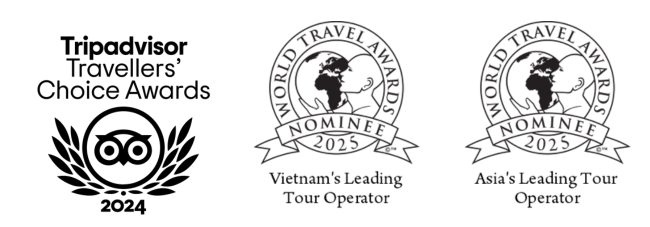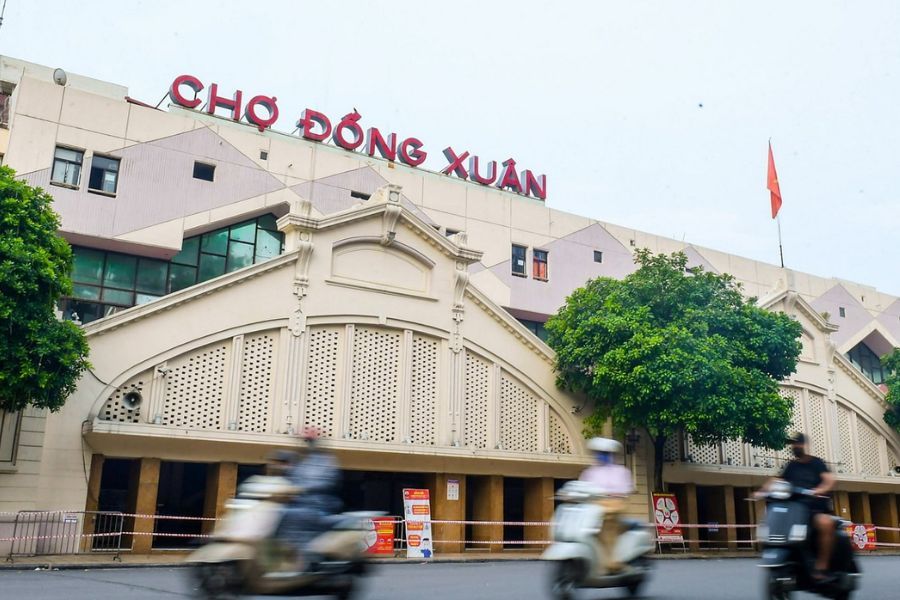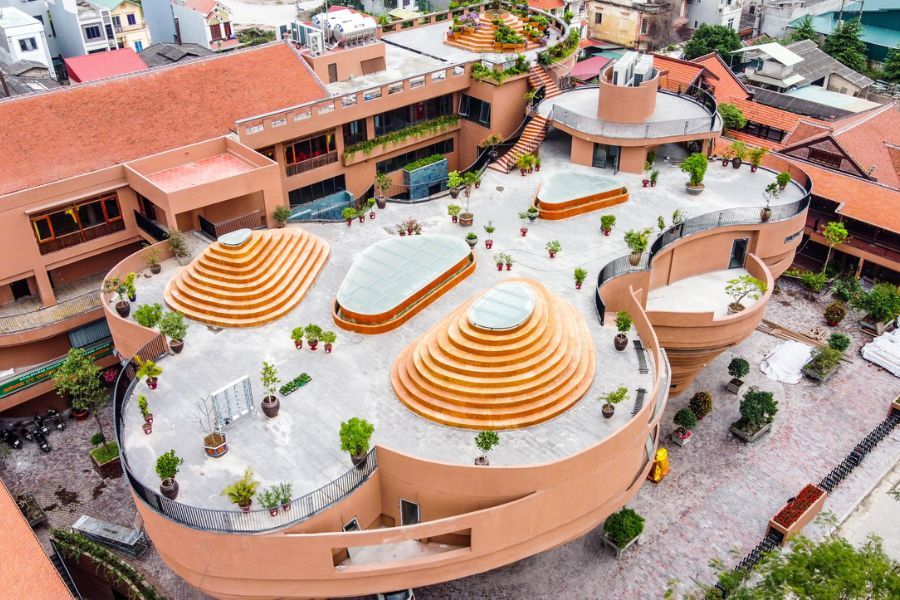Uncover Tribal Beauty At The Vietnam Museum Of Ethnology
The Vietnam Museum of Ethnology is a compelling cultural option in Hanoi that highlights the traditions of Vietnam’s 54 ethnic groups. The variety of exhibits and interactive displays offers a real insight into the cultural legacy of this country.
Table of Contents
ToggleIntroduction To The Vietnam Museum Of Ethnology
The Vietnam Museum of Ethnology is one of the great museums in Hanoi and provides a lot of information about the lives, customs, and traditions of Vietnam’s 54 ethnic groups. However, it is more than a great tourist stop in Hanoi. For all visitors, it is not only a great experience but also a great way to see the diverse culture of the country through life-sized models, traditional houses, artifacts, and educational displays.
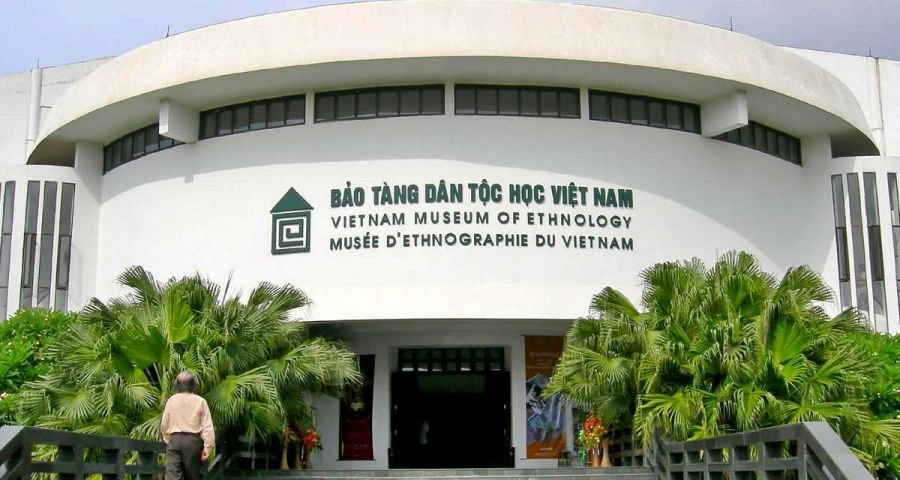
Situated in a nice, leafy location, the museum has both indoor and outdoor space with a pleasant collection of ethnic buildings. Regardless of whether you are a history lover, a curious traveller, or with family to learn about something new, the Vietnam Museum of Ethnology will provide an informative, educational, and enjoyable learning opportunity.
History Of The Vietnam Museum Of Ethnology
On November 12, 1997, the Vietnam Museum of Ethnology was inaugurated with the attendance of Vietnam’s Vice President Nguyen Thi Binh and French President Jacques Chirac. The museum has since grown to be a key national institution for the research, preservation, and exhibition of cultural heritage belonging to all 54 ethnic groups in Vietnam.
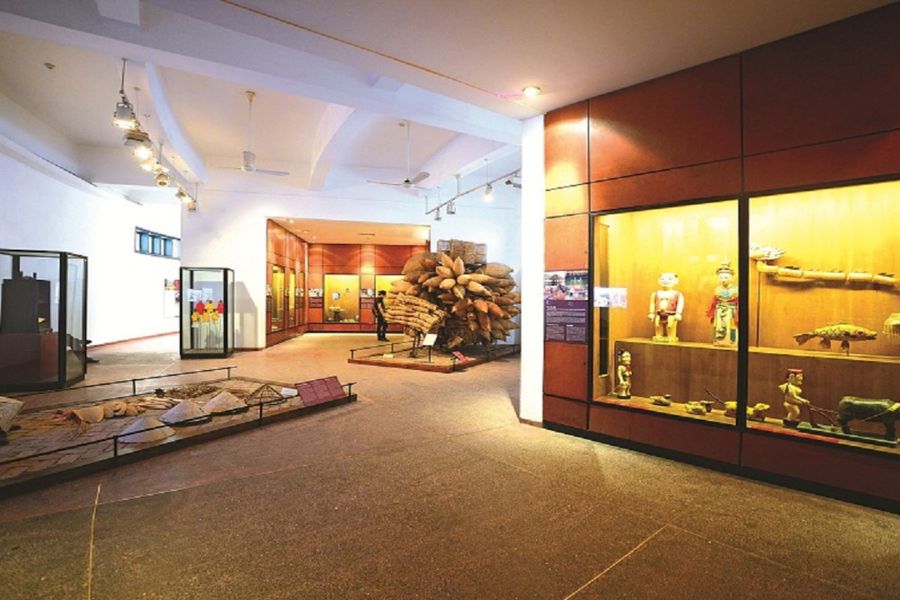
The museum was established with the Trong Dong building, which focused on the study of domestic ethnic groups, then later expanded by the addition of the outdoor Architecture Garden featuring the life-size replica of traditional houses and completed with the Canh Dieu building, associating visitors with cultures in Southeast Asia and beyond.
In just over two decades, the museum has developed a dynamic program of temporary exhibitions, cultural performances, and participative educational experiences, earning its reputation as a vibrant national destination. The museum has earned multiple awards from TripAdvisor and Vietnamese tourism authorities, while continuing to innovate during a global pandemic.
Top 3 Iconic Attractions In The Vietnam Museum Of Ethnology
Not only does the Vietnam Museum of Ethnology have exhibits, but it is also an experience that will take you through the unique cultures and daily lives of the 54 ethnic groups of Vietnam. Plus, these three must-see highlights will allow you to appreciate the country’s cultural diversity and creativity.
Toa Trong Dong (Bronze Drum Building)
One of the most fascinating buildings in the museum is the Bronze Drum Building, which is in the shape of a Đông Sơn drum, representative of the ancient culture of the Vietnamese. This two-story building is designed by architect Ha Duc Linh’s ethnic Tay, and is 2,000 square meters. The bronze drum building was opened in 1997 by the Vietnamese Vice President Nguyen Thi Binh and the French President Jacques Chirac.
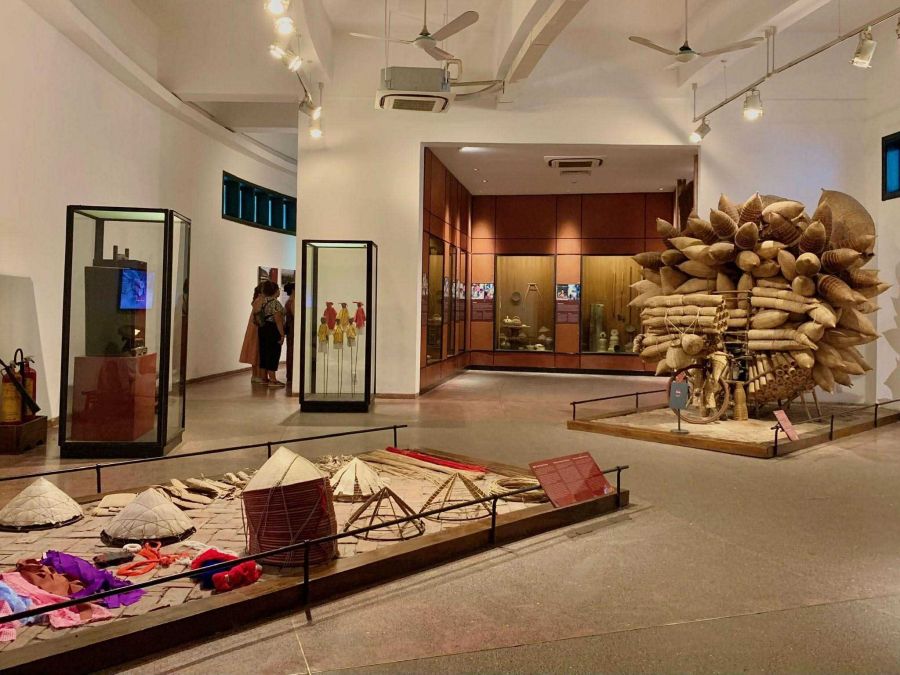
Inside, visitors will find a permanent exhibit of the lives and customs of Vietnam’s 54 ethnic groups. The exhibition contains hundreds of artifacts, photographs, videos, and recreated spaces, and can be viewed in Vietnamese, French, and English. The arrangement is logical and immersive, and gives you an excellent idea of the wealth of culture that is found in Vietnam. Temporary exhibitions are held here regularly.
Toa Canh Dieu (Kite Building)
The Kite Building was completed in 2006 and represents heritage from both Vietnam and Southeast Asia with its kite design that is symbolic of both freedom and tradition. The four stories of space have contemporary amenities for exhibitions, education, and international programs.
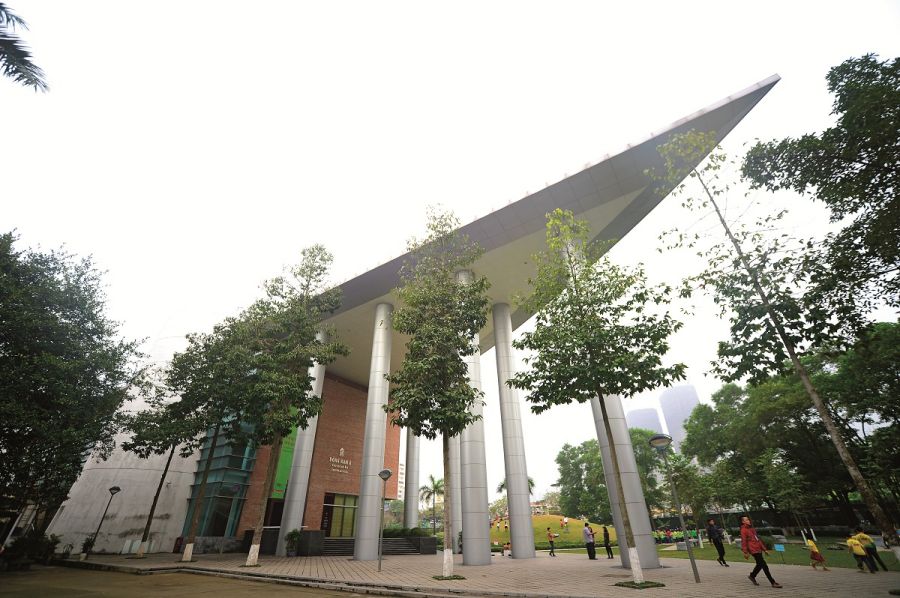
You will also be able to engage with four foundational exhibitions: Southeast Asian Cultures, Indonesian Glass Paintings, A Glimpse of Asia, and Around the World. Regarding the object, it’s more about connecting the people. Temporary displays, film screenings, and interactive multimedia presentations are all part of the space that exemplifies cultural dialogues far beyond Vietnam.
Vuon Kien Truc (Outdoor Architecture Garden)
You can step outside to a quiet garden that brings traditional Vietnamese experience to life. Under verdant trees and on the banks of a stream that winds towards the water puppet theatre, you will find full-size replicas of ethnic homes, each with its own story to tell.

Ten kinds of traditional homes are represented from the Ede longhouse: the Bana communal home, the Hmong earthen home, and the Cham clay-brick home. Each detail – the materials, the components, the arrangement of space- offers emphasis to the way of life and the spiritual meanings of the cultures that create them. This outdoor space complements the indoor exhibits very well, making it one of the museum’s most picturesque and memorable features.
5 Cultural Experiences You Shouldn’t Miss
When you visit the Vietnam Museum of Ethnology, you will find more than just artifacts, you will find living cultural experiences. Below are the best and most memorable immersive experiences:
Traditional Festivals and Cultural Performances
Throughout the year, the museum sponsors colorful cultural festivals that coincide with important Vietnamese holidays such as Tet (Lunar New Year), the Mid-Autumn Festival, of Children’s Day. When festivals occur, the museum grounds are filled with activities: traditional dolls are made for displays; traditional music and dances fill the air; lion dances and folk games are played, and participants can make traditional foods, To He (toy figurines), or lanterns.
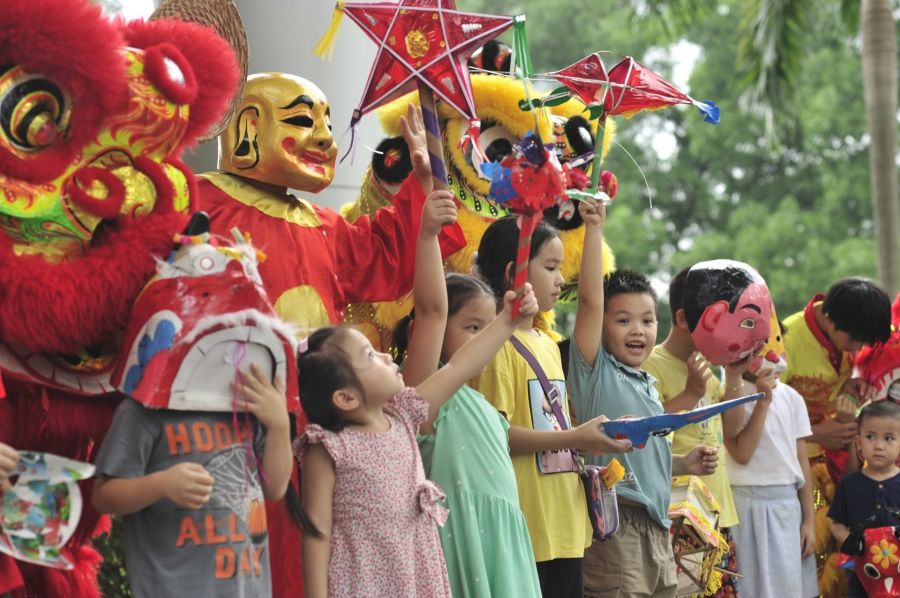
Cultural showcases help visitors understand how various ethnic groups in Vietnam celebrate important milestones. Festivals at the museum are an opportunity for visitors to engage with artists, eat festive food, experience activities previously reserved for the local community, and help create a vibrant destination during local festive seasons.
Visit Traditional Craft Villages
One of the most exciting features of the museum is the chance to see and participate in traditional Vietnamese crafts. You can observe artisans weaving brocade, weaving bamboo baskets, and making Dong Ho folk art, and in some cases, they are using methods and procedures that have been handed down for hundreds of years!
These crafts have demonstrations in open areas so that you have an opportunity to get even closer to what’s happening. Oftentimes, the artisans are happy to explain the meaning of their craft, and in some cases, visitors can even participate, like spinning yarn or painting simple designs. It is a great way to appreciate the cultural significance behind everyday objects and recognize the artisanal traditions behind Vietnamese art.
Experience Traditional Water Puppet Shows

Visitors can enjoy the renowned water puppet shows on weekends (especially Saturdays and Sundays) from the museum’s garden stage near the pond. Water puppet shows are a centuries-old performing art developed in Northern Vietnam, representing the sophisticated craft of manipulating wooden puppets from behind a curtain under water, and dancers playing traditional music.
The performance is notably presented with puppets and choreography that mainly present provincial life, ancient stories, and rural humor that are entertaining and exist for educational purposes. Kids will certainly love the colorful puppets and the funny scenes, but adults can still appreciate the deeper understandings of the stories, cultural symbols, and meanings. This is a great way to enjoy one of Vietnam’s most iconic activities while you are in the capital.
See the Indoor And Outdoor Displays
The museum boasts an impressive collection that represents the 54 ethnic groups of Vietnam displayed through photographs, traditional clothes, everyday things, musical instruments, religious artifacts, and the Drum Building. Inside, you will find the exhibits grouped together thematically, dealing with aspects of daily life, spirituality, and social customs.
Out front, the Architectural Garden has life-sized representations of the traditional homes of many of Vietnam’s minority groups, such as the Bana communal house, Ede longhouse, Tay stilt house, etc. Walking inside structures made out of real materials and carefully designed to represent each cultural group is an incredible experience.
Experience Folk Games
The museum has interactive areas that cater for children and parents to undertake traditional Vietnamese games such as nem con (throwing a cloth ball through a hoop), di cau khi (walking over bamboo bridges), or nhảy sạp (dancing on bamboo poles). These games were primarily played during Vietnamese village festivals as a way to bring the community together.
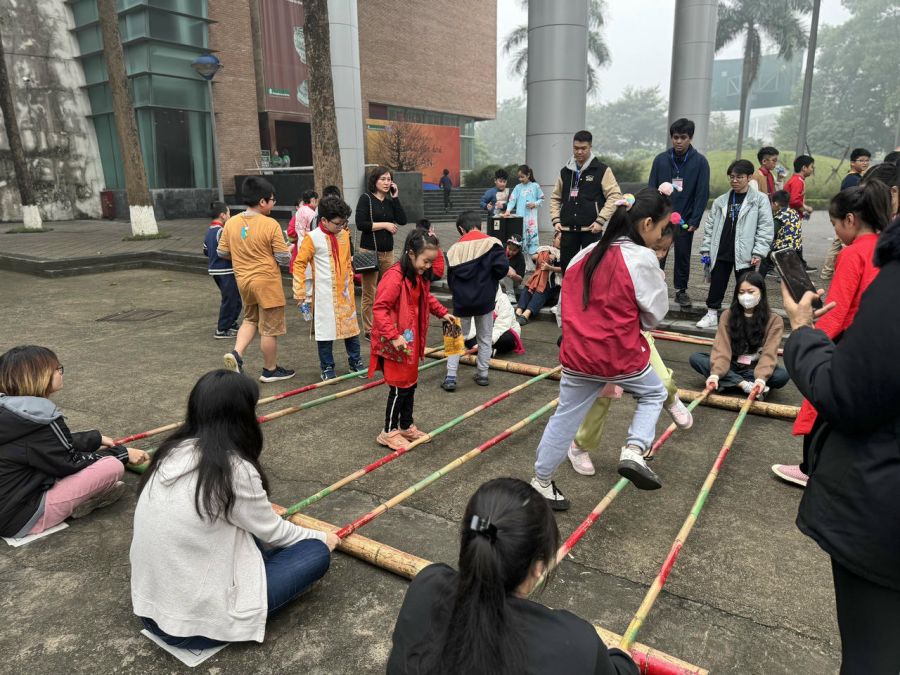
By trying these games, soon-to-be visitors can appreciate the social and playful nature of the Vietnamese cultural context. Moreover, it provides a great way for visitors to be active, which is a great idea for families or school groups looking for physical activity.
Entrance Fee
Visiting the Vietnam Museum of Ethnology is affordable and educational. To help you plan your visit, here are the ticket prices, discounts, and payment for other services in their updated form.
General Entrance Fee
| Ticket Type | Price (VND/person) |
| General Admission | 40,000 |
| University Students | 20,000 |
| High School Students | 10,000 |
| Cultural Policy Beneficiaries (Elderly, Disabled, etc.) | 50% off |
| Ethnic Minorities | 50% off |
Guide Service Fees
| Tour Type | Price (VND) |
| Indoor Vietnamese-speaking tour | 50,000 |
| Outdoor Vietnamese-speaking tour | 50,000 |
| Full museum tour in Vietnamese | 100,000 |
| Indoor tour in English/French | 100,000 |
Photography Fees
| Camera Type | Price (VND/camera) |
| Regular/Travel Camera | 50,000 |
| Professional Camera | 500,000 |
Opening Hours
The Vietnam Museum of Ethnology opens its doors daily from 08:30 AM to 05:30 PM. Please note that the museum is closed on Mondays and during the Lunar New Year (Tet) holidays, so be sure to plan accordingly.
In order to avoid crowds, the best time to visit is on weekday mornings (except Monday). The spring and autumn months will have the most pleasant temperatures to experience the outdoor spaces and enjoy cultural activities.
How To Get To The Vietnam Museum Of Ethnology
Traveling to the Vietnam Museum of Ethnology is straightforward, whichever mode of transport you prefer, whether public or private. Located on Nguyen Van Huyen Street within Hanoi, the museum is well-connected and easily accessible from many locations in the city.
By Bus
Many bus lines pass close to the museum, so take a look at Google Maps or Tìm Buýt for a real-time schedule and stop locations. The convenient bus routes 07, 13, 20A, 20B, 26, 32, 49, and 50 all pass directly near the museum.
By Metro
You can also take Metro-line 2A or 3 and get off at the nearest station to the museum, and then take a taxi or walk a short distance.
By Motorbike Or Private Vehicle
If you want flexibility, then you can ride a motorbike or drive a car to the museum. Simply open Google Maps and type in “Vietnam Museum of Ethnology” for the most efficient route, and there are parking facilities available close in front of the museum.
By Taxi Or Ride-Hailing Apps
You may want to consider Grab, Gojek, or a taxi, which is very popular and comfortable for tourists. It is possibly one of the most comfortable ways to travel door to door once you have arrived, because of the route flexibility. Taxis and ride-hailing apps are helpful if you are unsure of which way to go, if you are unfamiliar with the area.
Things to Know Before Traveling to The Vietnam Museum Of Ethnology
Reviewing the following basic rules of custom and courtesy before your visit to the Vietnam Museum of Ethnology is a good idea. These are the most fundamental steps you should keep in mind:
- Consider hiring a guide: If you visit with a group or want a better understanding of the exhibits, consider hiring a tour guide. Hiring a tour guide can help give you a deeper appreciation of the exhibits.
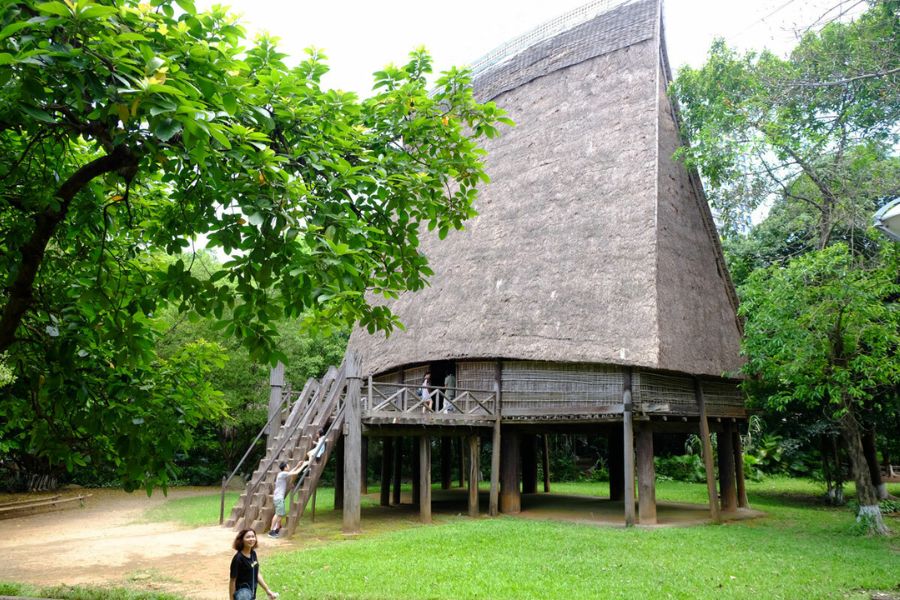
- No food or drinks: Do not bring any food or drinks into the museum to keep the museum clean.
- Use a locker: Any personal items can be left in a locker, and you should only bring small items like your phone and wallet with you.
- Do not touch the artifacts: Do not touch, move, or sit on any of the artifacts on display.
- Follow safety rules: No weapons, flammable items, toxic substances, big objects, or pets.
- Encourage small groups: Smaller groups preserve the peaceful nature of the museum and provide a better overall experience for everyone.
Final Thoughts: Is The Vietnam Museum Of Ethnology Worth Visiting?
The Vietnam Museum of Ethnology is well worth a visit if you have a desire to learn about Vietnam’s ethnic culture and the diverse ethnicities of its people. With well-composed indoor and outdoor exhibits, the museum also provides a combination of enjoyment, learning, and culture for all ages. Let Seni World lead your Hanoi cultural journey to the Vietnam Museum of Ethnology today!

